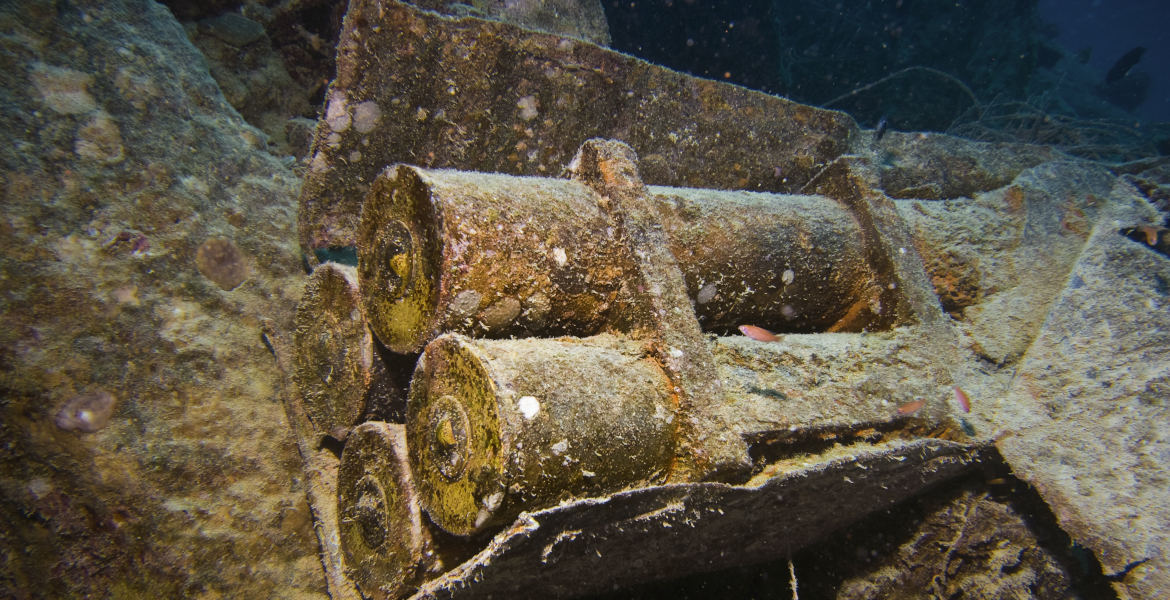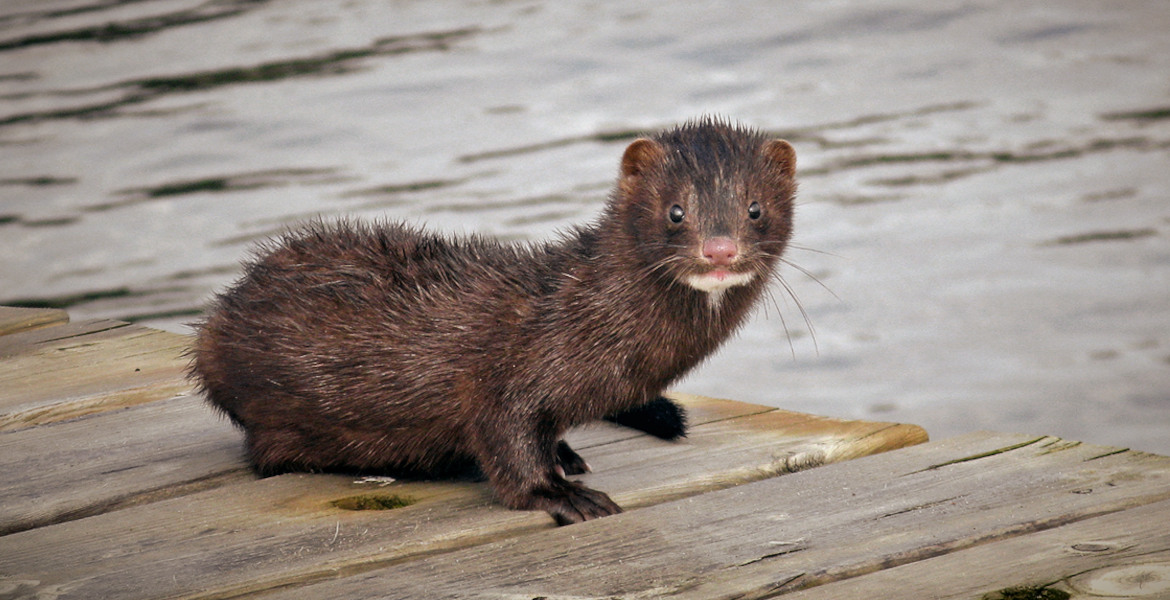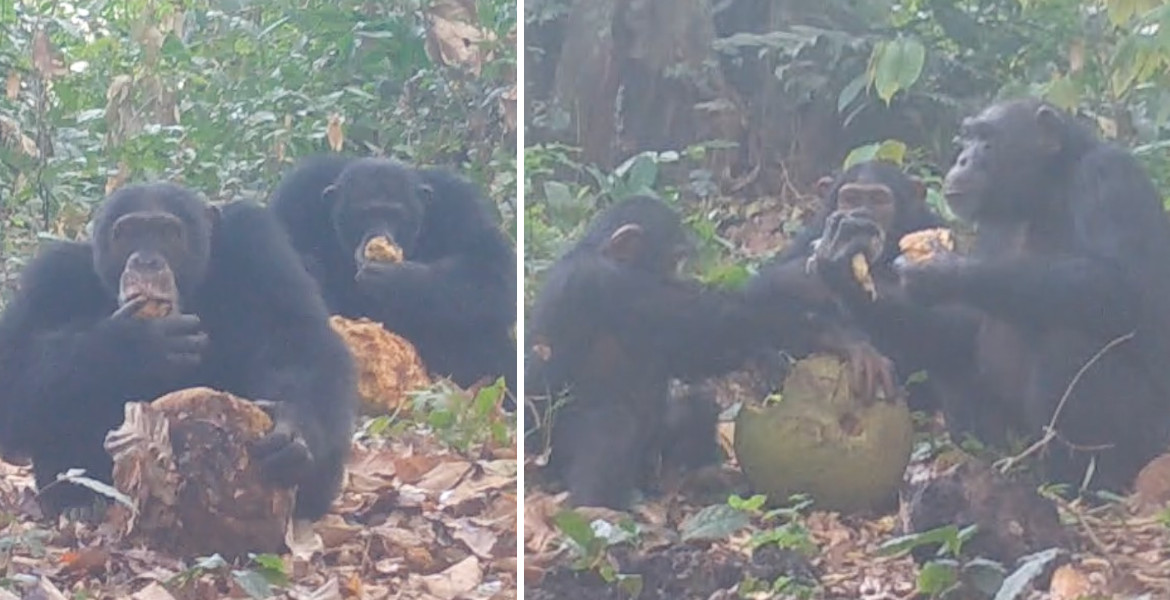After just two hours of testing cobalt mining off the coast of Japan, scientists have found that the local fish population has declined by up to 56%. The reason is thought to be that the sediment stirred up from the seafloor during mining can render large areas unsuitable as both habitat and food source for fish.
Deep sea mining is the process of extracting minerals and metals from the ocean floor. A number of countries are planning to begin such mining, including Norway, which recently decided to conduct seabed mining over an area of 281,000 square kilometers, more than the entire area of the United Kingdom.
This type of mining is still unexplored and critics argue that the risks involved are unknown and that, in the worst case, it could cause irreversible damage to marine ecosystems.
Cobalt is a ferromagnetic metal used primarily in the manufacture of electric car batteries and some alloys. In 2020, Japan briefly tested cobalt mining on the ocean floor. Researchers have now studied the area used and looked at the impact on the environment and wildlife. They studied the area before the test mining began, one month after, and finally one year after the test mining.
One year after the test mining, the study found that the local fish population had declined by 43%. In neighboring areas, the decline was even greater, at 56%. The main reason for the sharp decline in fish is thought to be so-called “sediment plumes”, where the sediment stirred up from the bottom during mining makes large areas unsuitable for fish to live and feed on. The researchers also looked at how coral reefs or sponges were affected, but found no evidence of an impact, but say that these life forms could still be affected if mining continues for a long time.
Travis Washburn, one of the authors of the study, said he was surprised by the results because, despite the very short duration of just two hours, mining could still affect the area.
– I had assumed we wouldn’t see any changes because the mining test was so small. They drove the machine for two hours, and the sediment plume only traveled a few hundred meters, Washburn told Science Daily. But it was actually enough to shift things.
But more research is needed to learn more about how seafloor mining affects ecosystems, Washburn said.
– We’re going to need more data regardless, but this study highlights one area that needs more focus. We’ll have to look at this issue on a wider scale, because these results suggest the impact of deep-sea mining could be even bigger than we think, he says.








